Study Sees Coverage and Speed Improvements from Vodafone and Three UK Merger

Network benchmarking firm Opensignal has reported that they’ve seen the “first measurable improvements” in their data from the recent merger between mobile operators Vodafone and Three UK, which appears to indicate that VodafoneThree is delivering some “significant coverage” improvements and “faster speeds” (mobile broadband).
Just to recap. VodafoneThree’s post-merger plan involves investing £11bn into upgrading the UK’s 5G mobile infrastructure and coverage over the next decade, while also delivering improvements by combining spectrum and existing 4G infrastructure / mast sites (here, here and here). The combined business has previously stated that it aspires to reach more than 99.95% of the UK population with their 5G Standalone (5GSA) network by 2034 and push fixed wireless access to 82% of households by 2030, among other things.
The merged company has already begun to deploy the benefits of their combined spectrum and joint network roaming via their new Multi-Operator Core Network (MOCN), which helps customers to connect to whichever mast/service gives them the best signal. For example, in August 2025 they revealed that the feature had gone live via a total of 600 mast sites, with 9,000 to follow by the end of the first year of the merger being formed (i.e. March 2026).
Advertisement
Similarly, the operator has previously claimed that 7 million Three UK customers have experienced an average 20% boost in 4G (mobile broadband) speeds since they began the multi-year process of fully combining both networks.
What does the new study say?
Based on Opensignal’s early data, once full integration is completed, Three UK users are expected to see around a 13% improvement in “Coverage Experience” (Opensignal’s own metric for measuring network coverage), while Vodafone users will see a 7% increase. For the 5G “Coverage Experience“, the uplift is projected to be much greater — a 92% improvement for Vodafone users and 7% for Three UK users.


Advertisement
Post-merger, Vodafone and Three UK users are also said to be experiencing “improved reliability” in areas of existing coverage, while Three UK users are measuring “improved download speeds“. For example, Three’s network saw the metric for Download Speed Experience increasing by an impressive 8%, from 43.16Mbps recorded in Q2 2025 to around 46.72Mbps as recorded in Q3.
Similarly, both Vodafone & Three UK users are said to be “experiencing more reliable networks post-merger“. Three UK users saw a strong increase of 20 points from Q2 2025 to Q3 2025, going from a Reliability Experience score of 876 points (on a 100 to 1000 point scale) to 897 points in Q3 2025. Vodafone users saw Reliability Experience scores improving by a respectable 10 points from Q2 2025 (887 points) to Q3 2025 (897 points).
Opensignal defines Reliability as the ability of their users to connect to and successfully complete (basic) network tasks.
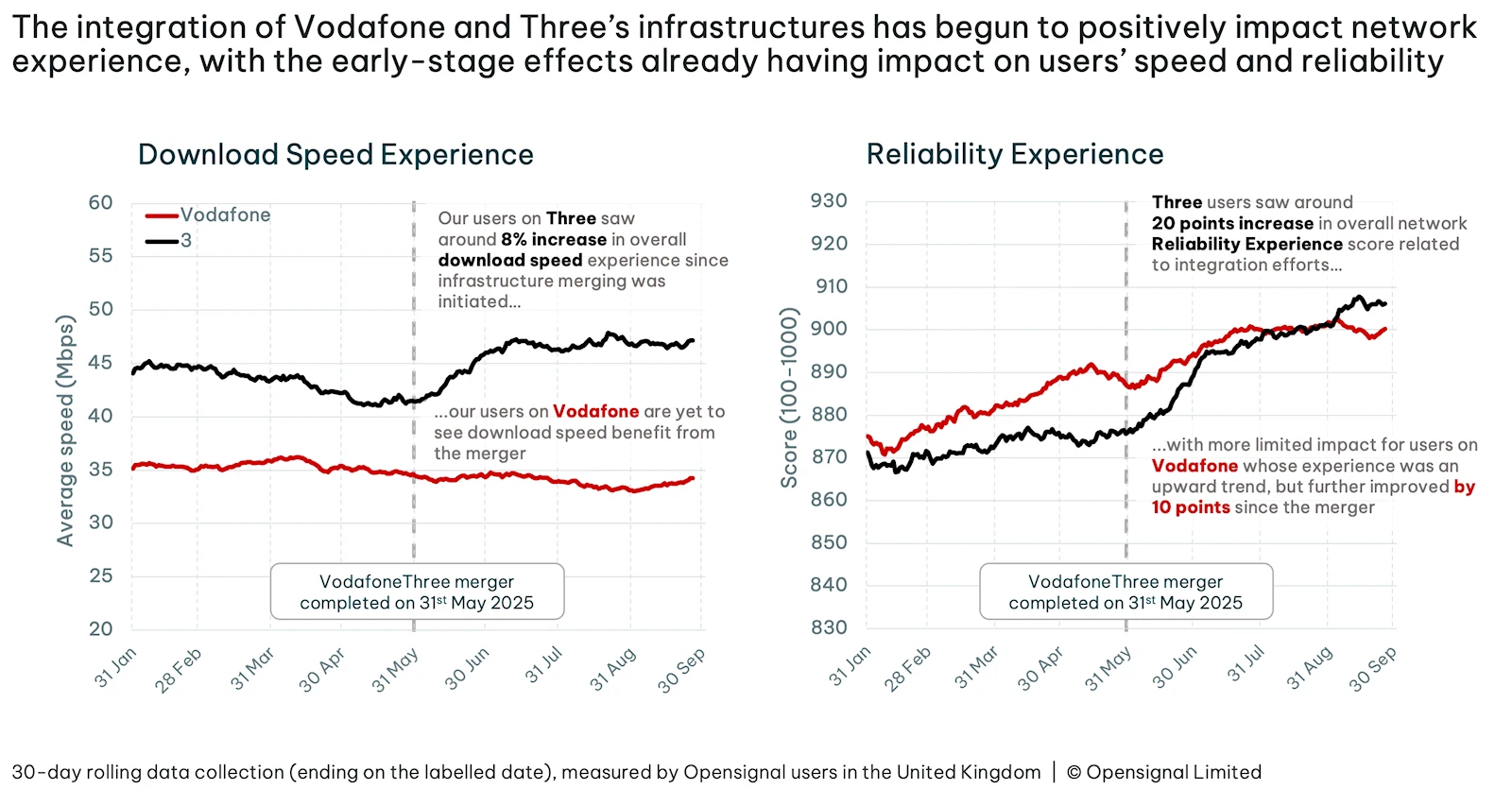
Advertisement
“These early results highlight that Vodafone and Three’s network sharing is already delivering more than just expanded coverage. Users are seeing faster speeds and more dependable connectivity, marking the first concrete benefits of integration. Together, these gains position VodafoneThree as an increasingly competitive player in the UK mobile market,” said Opensignal.
The rollout of MOCN-enabled sites is expected to conclude around 2033, as both operators upgrade sites via either software or hardware enhancements. But as we’ve previously reported, full convergence into a single core network remains a longer term target and one that doesn’t yet appear to have a solid date attached (here). It will be interesting to see how things progress over the next few years.
Mark is a professional technology writer, IT consultant and computer engineer from Dorset (England), he also founded ISPreview in 1999 and enjoys analysing the latest telecoms and broadband developments. Find me on X (Twitter), Mastodon, Facebook, BlueSky, Threads.net and Linkedin.
« ScaleFibre Launches in the UK Market to Supply Broadband Networks
Advertisement
Leave a Reply Cancel reply
Privacy Notice: Please note that news comments are anonymous, which means that we do NOT require you to enter any real personal details to post a message and display names can be almost anything you like (provided they do not contain offensive language or impersonate a real person's legal name). By clicking to submit a post you agree to storing your entries for comment content, display name, IP and email in our database, for as long as the post remains live.
Only the submitted name and comment will be displayed in public, while the rest will be kept private (we will never share this outside of ISPreview, regardless of whether the data is real or fake). This comment system uses submitted IP, email and website address data to spot abuse and spammers. All data is transferred via an encrypted (https secure) session.







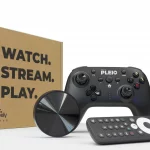
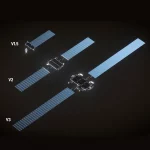

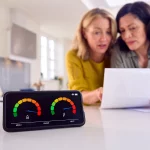
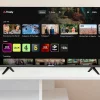
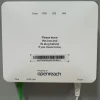
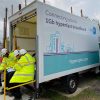

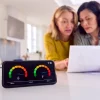







































I confess I’ve never attempted to measure speeds per se, but all I know is that solid 5G coverage remains a rare luxury here in SW England on Three/Throdafone. 4G is solid in most places, but we still seem to be quite behind the game on 5G. I look forward to seeing this improve in the years ahead…
I still use 4G, it does what I need, knowing people who have a phone with 5G and the problems they have with connections, puts me off 5G. I thought the phones are supposed to change between 5G and 4G, but it seems some of them just drops the signal in mid-call.
As for speed on a phone, I really don’t care, 4G is fast enough to watch video if I do, which I normally don’t, I can listen to music using 4G, and it is fast enough for browsing and other stuff like it.
What I am bothered about is if Vodafone will muck up the signal I get now with Three, if they get rid of Three signal around here, then we are stuck with Vodarubbish. They are not going to run both in the location, they will get rid of one.
I will stay with Smarty as long as it works, the price is fine for what I need, if it starts to fail then I will have to look elsewhere, sadly the only others are EE or O2. EE is BT, which I detest, and O2 is Virgin, while I have not had anything to do with Virgin, I have heard a lot about them.
We will see.
I’ve seen speed increase on Three’s LTE-A network. I’ve also seen my phone has on a few occasions roamed onto Vodafone’s network. `LTE Discovery` app shows bands the phone connects to and with Three not owning any 900MHz blocks, can see they are Vodafone connections.
When I had Vodafone as a second line, my experience on their network was not great with more congestion when travelling around Cardiff and South Wales. I think they need the extra capacity more than Three from my experiences. It’ll be interesting to see how each operator improves as they merge.
I’d recommend NetMonster atm as if you’re on MOCN, it’ll show which of the two networks you’re actually on.
Shame Three can’t even sort the voice delay issue out, more interested in sorting the MOCN out than anything.
Seems to be a bit improvement overall.
I wonder if the small improvement on Three is down to the widespread boost of 15mhz 1800 to 20mhz 1800, rather than MOCN which seems to be still isolated to random pockets of the network.
Still, cool to see some real data and will be interesting to see how it improves over time
Can I be honest? I think MOCN is on a lot more sites than stated, but you’re just not configured to be on them unless necessary. I’ve had it on my local Three PoW, I’ve seen suggestions that my local Cornerstone monopole has it and even a shared site between the two.
Finally have 5G from Vodafone in east Dereham after other networks have had it for 2 years so I’m happy.
Nothing changes in Telford. More of the same.
The benefits are great, however I don’t believe the price increases on 3 are jusitifed. 3s prices are increasing as according to voda3 they are now providing a premium experience. Excuse me people join 3 for the low prices, they take at times the ropey coverage and poor customer service as the prices are good. Now the prices are increasing where does 3 fit in to the mobile landscape
The prices are rising even through the roaming on both networks is not even widespread.
The merger was always going to lead to this. Don’t fall for the pr nonsense
Store closures, redundancies both instore and head office will be next. The price rises are already here
“full convergence into a single core network remains a longer term target and one that doesn’t yet appear to have a solid date attached”
I would imagine that the intent of such an integration is not on the agenda, given that the cutover to 6G platforms is relatively imminent.
Well done Vodafone/Three.
I moved from ee to Three, just as the merger was completed. I have seen a marked improvement in the signal stability particularly when driving and making call. Previously the call would drop every 5-10 min but I’m now able to hold a call for much longer and don’t feel I’m being cut off very often.
There’s still an issue indoors, I have a multi network eSIM on my phone as well as Three and that is often connected to Vodafone when Three has no signal so I’m looking forward to more masts moving to network roaming between the 2.
Network speeds on Three have always been good and seem to be stable.
Is this also affecting the MVNOs that use 3 & Vodafone’s network (e.g. Lebara)?
Both my parents and myself are with Smarty which uses the 3 network. 3 have a problem in our local area DN7 and we’ve both had virtually no signal/service for over 2 weeks. The update hasn’t changed throughout, “we are fixing an issue in this area and aim to have things back up and running as soon soon as possible”. 3 are receiving lots of bad comments on the local social media groups as we have to go 3 to 4 miles out of our towns to get a signal! Neither of us have land lines with the recent removal and my parents don’t have broadband so have no means of making a call. The level of communication and response to the problem from 3 is far from acceptable, seems our only choice is to change our provider.
I haven’t noticed any improvements fed up with network issues looks like either an EE or O2 network I might try 1p Mobile next uses EE I hear they do good discounts on multiple unlimited Sims no contracts which is good if I need to leave
Was in a Three 5G ‘not spot’ with the only 5G signal available being Vodafone’s. Didn’t expect my local mast to have MOCN enabled so early on [in my experience this area is late to receive practically everything], however used my backup Three SIM during the recent Vodafone outage and it connected to the Vodafone cell and provided 5G coverage. I’m very pleased.
You ignore the more interesting and damaging fact that Vodafone carry out hard credit searches on new broadband customers, impacting their credit scores and ability to obtain credit for 6 months.They do this without PRA authority or in line with FCA regulations which limits their ability to carry out hard credit searches on customers only when ‘consumer lending or insurance product distribution activity. Their broadband contract is a pay monthly service. They submit applications for hard credit searches to Experian under the heading of TV, Phone and Internet without distinction. Both Experian and the Financial Ombudsman Service consider this activity by VodafoneThree started in 2025 to be fraudulent. Other major providers like BT/EE and Sky only carry out hard credit searches on credit reports when the customer is applying for a new phone on credit or on lease or for a bundle. Other ISPs like Plusnet and NowTV (now sadly being wound up by Sky) do not follow Vodafone’s example
Do with know if Smarty can access Vodafone mast yet?
Hasn’t reached us yet in the stick’s CT31JB nice to know when anyone help
Anyone else notice Vodafone signal kicks in even though the Three 5G monopole is closer? I was out & about and I was doing a bit of Cellmapper. I noticed it kept going on to Vodafone, despite Three having a stronger signal/ closer pole.